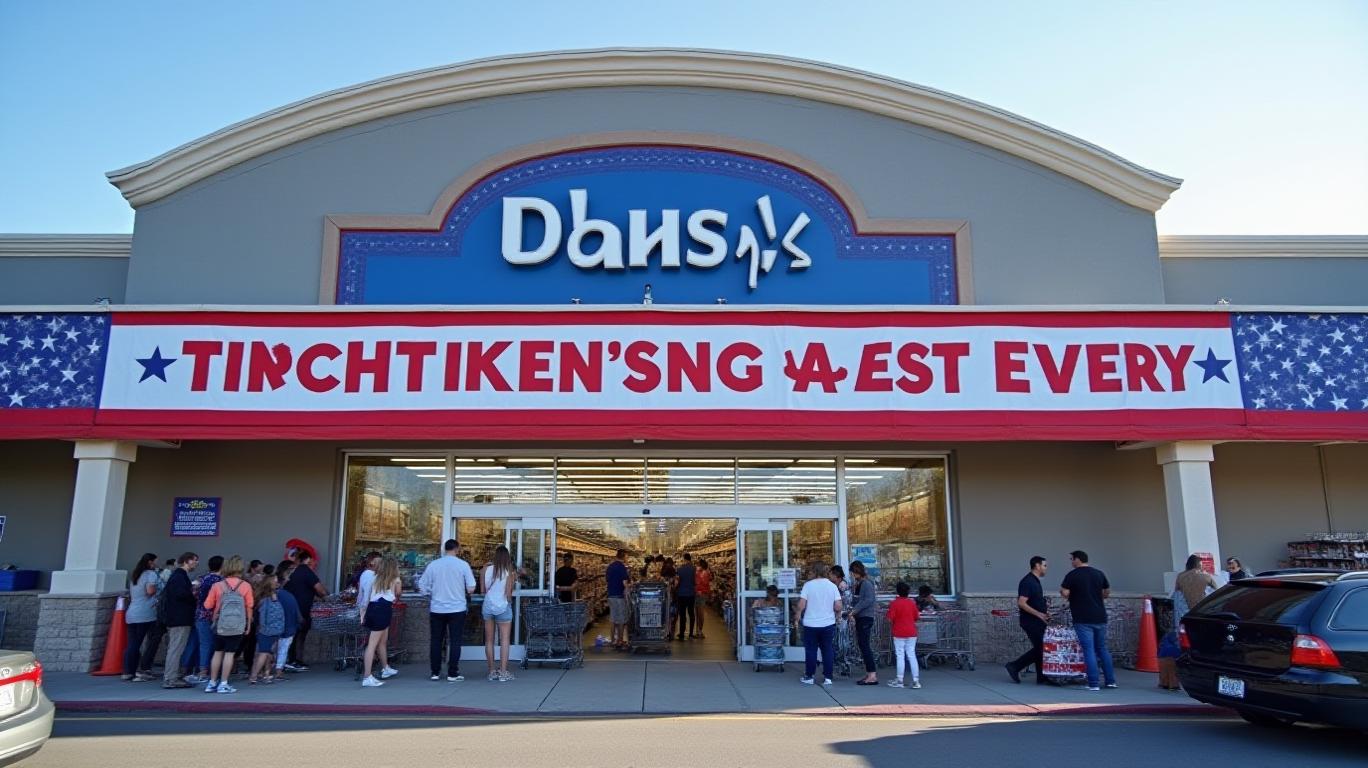Amazon vs. Walmart: Which Retail Giant is the Better Buy?
Saturday, Dec 21, 2024 3:13 am ET
In the ever-evolving retail landscape, two titans stand out: Amazon (AMZN) and Walmart (WMT). Both companies have carved out their niches and amassed loyal customer bases. But which of these retail giants is the better buy for investors? Let's delve into their e-commerce strategies, physical store footprints, supply chain operations, and financial performance to determine the more attractive investment option.
Amazon: A Prime E-commerce Experience
Amazon's e-commerce strategy revolves around its vast product selection, Prime membership benefits, and seamless user experience. The company's focus on convenience and speed has driven impressive online sales growth, with e-commerce sales increasing 14% year-over-year in Q1 2024. Amazon's Prime membership program, offering free shipping, streaming services, and exclusive deals, has proven to be a powerful customer retention tool. Additionally, Amazon's investment in its own delivery infrastructure, including drones and autonomous vehicles, has further enhanced its competitive advantage in delivery speed and efficiency.
Walmart: Omnichannel Integration and Grocery Delivery
Walmart's e-commerce strategy emphasizes omnichannel integration, grocery delivery, and price competitiveness. The company's vast network of superstores and discount stores serves as a distribution hub for online orders, enabling quick and efficient fulfillment. Walmart's focus on low prices and everyday value sets it apart from Amazon, which often prioritizes convenience and selection over price. The company's expansion into grocery delivery and online ordering has also proven successful, with e-commerce sales growing 12% in Q1 2024. However, Walmart's omnichannel approach has contributed to its overall success, with total revenue growing 10% year-over-year during the same period.
Amazon's Supply Chain and Logistics Advantage
Amazon's supply chain and logistics operations are more efficient and cost-effective than Walmart's. Amazon has invested heavily in its own delivery infrastructure, reducing reliance on third-party carriers. This allows Amazon to offer faster delivery times and better control over its supply chain. Additionally, Amazon's vast network of fulfillment centers and distribution hubs enables it to minimize transportation costs and inventory holding expenses. In contrast, Walmart's supply chain is more traditional, relying heavily on external partners for delivery and transportation. While Walmart has made efforts to improve its logistics, Amazon's advanced technology and infrastructure give it a significant advantage in terms of efficiency and cost-effectiveness.
Walmart's Physical Retail Strategy and Expansion Plans
Walmart's physical retail strategy, centered around its Supercenters, offers a wide range of products under one roof, attracting more shoppers and increasing sales. This strategy provides Walmart with a competitive edge in the retail market and drives foot traffic to its stores. Walmart's expansion plans include further growth in its e-commerce platform, leveraging its physical stores for online order pickup and delivery. This omnichannel approach strengthens Walmart's competitive advantage in accessibility and convenience.
Amazon's Financial Performance and Valuation
Amazon's financial performance has been impressive, with the company reporting revenue growth of 3% year-over-year in Q1 2024. The company's digital businesses, including advertising and AWS, have been particularly strong, with advertising sales up 24% and AWS sales up 17% year-over-year. Amazon's stock price has also performed well, with shares up 8% since its earnings release on April 30. However, Amazon's price-to-sales ratio is significantly higher than Walmart's, indicating that the company's stock may be overvalued.
Walmart's Financial Performance and Valuation
Walmart's financial performance has been solid, with the company reporting revenue growth of 10% year-over-year in Q1 2024. The company's e-commerce sales grew 12% during the same period, driven by its omnichannel approach and grocery delivery services. Walmart's stock price has also performed well, with shares up 5% since its earnings release on May 2. Walmart's price-to-sales ratio is lower than Amazon's, suggesting that the company's stock may be undervalued.

AMZN P/S
In conclusion, both Amazon and Walmart have distinct e-commerce strategies, physical store footprints, and supply chain operations that contribute to their overall business success. However, Amazon's focus on a wide product selection, Prime membership, and seamless user experience has given it an edge in driving online sales growth. Additionally, Amazon's advanced supply chain and logistics operations provide it with a significant advantage in efficiency and cost-effectiveness. Walmart's omnichannel approach, grocery delivery, and price competitiveness have also proven successful, but the company's traditional supply chain and logistics operations may hinder its long-term growth potential. When considering the financial performance and valuation of these two retail giants, Walmart's lower price-to-sales ratio suggests that it may be the more attractive investment option. Ultimately, the choice between Amazon and Walmart will depend on an investor's risk tolerance and long-term investment goals.


_442a2dcc1749832873286.jpeg)
_e68fac6d1749831664430.jpeg)





